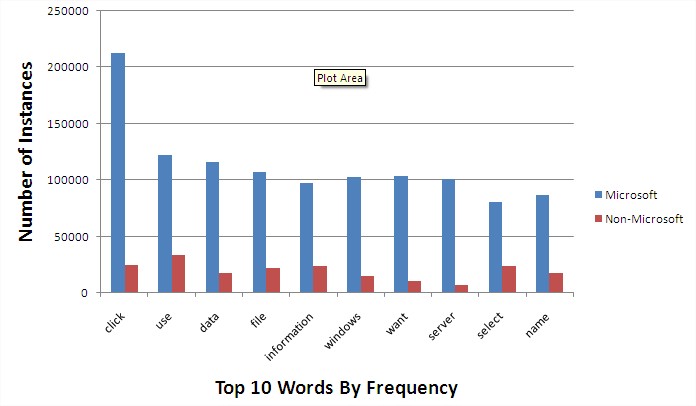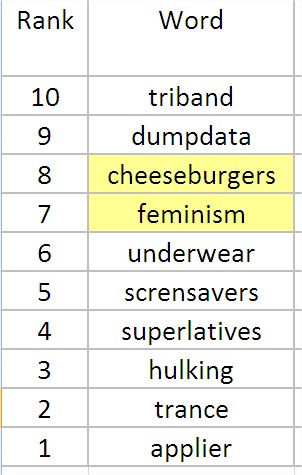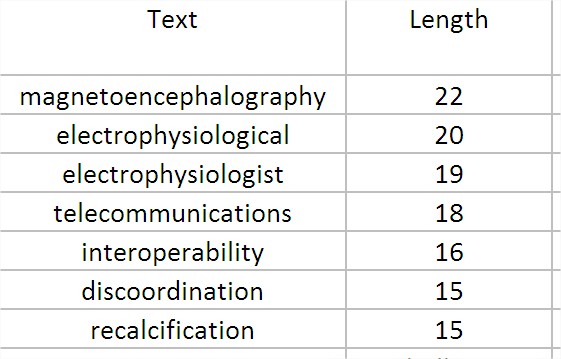Interview originally posted in Qmed.com
When it comes to tapping the potential of emerging markets, medical device firms have just scratched the surface. One reason for this is that commercializing a medical device product in a foreign market can be challenging. The difficulty in doing so depends on the product in question as well as the end market being targeted. Here, Renato Beninatto, chief marketing officer of Moravia, a globalization and localization firm, provides general background information and advice for device companies seeking to commercialize products internationally.
There are essentially three major regions that provide opportunities for U.S. medical device manufacturers:
While machine translation has progressed over the years, it is largely unsuitable for translating important documentation. “There is a joke I heard many years ago: 'Machine translation is great but is somewhere from four and 400 years from perfection.' That joke still seems to apply with every passing year.” Customizing translation software can yield “decent results” for things like knowledge bases, but the success of it depends highly in the language pair. “There are situations and contexts where machine translations could be used—especially those that are more conversation in tone rather in scientific. But I would still always advise partnering with a specialist company when working with machine translation,” Beninatto says.
Software development is undergoing a major change from a traditional waterfall model to an Agile methodology. In the software methodology, it would take anywhere from 12 to 18 months to have a complete development cycle. “You knew exactly where you would do translation in that process. You would have finished the whole development documentation, sent it to translation, incorporated the content back, did functional and regression testing and so on, and then you would release the product,” Beninatto says. “You could either do a simultaneous shipment, all languages at the same time, or a scattered release.”
The world today is different, thanks to smartphones and Google. “Now change is happening all of the time and software is continually updated. This is the world of Agile development and translation becomes part of this process,” Beninatto explains. The cost of doing internationalization work becomes increasingly expensive, the longer you wait to start because of the need to go back and correct code. “When somebody is designing a product, they should anticipate that it will be global.”
An example of what not to do is to embed strings into the code. “Let's say you use concatenated strings to generate text,” Beninatto says. “In the code, you have an 'if' followed by a variable. When something happens, 'then' you introduce another variable. This structure is a problem because the order of the words varies based on the language. For instance, in German, you would put the verb at the end of a clause rather than in the middle.” For that reason, it is a best practice to internationalize the code as early as possible.
Brian Buntz is the editor-in-chief of MPMN and Qmed. Follow him on Twitter at @brian_buntz.
When it comes to tapping the potential of emerging markets, medical device firms have just scratched the surface. One reason for this is that commercializing a medical device product in a foreign market can be challenging. The difficulty in doing so depends on the product in question as well as the end market being targeted. Here, Renato Beninatto, chief marketing officer of Moravia, a globalization and localization firm, provides general background information and advice for device companies seeking to commercialize products internationally.
There are essentially three major regions that provide opportunities for U.S. medical device manufacturers:
- The European Union:
To introduce a medical device in every country in the European Union
requires localizing it, translating and adapting relevant materials, to
the 26 official languages of the European Union.
- Asia:
Countries like Japan, China, and Korea pose specific challenges from a
localization perspective, especially for software developers because
those countries use what we call ‘double-byte languages.’ Every
character they use occupies two bytes instead of one, like Latin
characters do. “This requires the software that is embedded in the
medical device to be internationalized by software engineers. This is
not work done by linguists,” Beninatto
says. “It is adapting the product so that it can handle different
character sets, date formats, currency formats, and sorting orders.”
This type of work can be outsourced but is something that medical device
companies should plan on as early as possible.
- Latin America: This market uses only two languages, Portuguese and Spanish, but is also a significant growth market for device firms.
While machine translation has progressed over the years, it is largely unsuitable for translating important documentation. “There is a joke I heard many years ago: 'Machine translation is great but is somewhere from four and 400 years from perfection.' That joke still seems to apply with every passing year.” Customizing translation software can yield “decent results” for things like knowledge bases, but the success of it depends highly in the language pair. “There are situations and contexts where machine translations could be used—especially those that are more conversation in tone rather in scientific. But I would still always advise partnering with a specialist company when working with machine translation,” Beninatto says.
Software Matters
Software development is undergoing a major change from a traditional waterfall model to an Agile methodology. In the software methodology, it would take anywhere from 12 to 18 months to have a complete development cycle. “You knew exactly where you would do translation in that process. You would have finished the whole development documentation, sent it to translation, incorporated the content back, did functional and regression testing and so on, and then you would release the product,” Beninatto says. “You could either do a simultaneous shipment, all languages at the same time, or a scattered release.”
The world today is different, thanks to smartphones and Google. “Now change is happening all of the time and software is continually updated. This is the world of Agile development and translation becomes part of this process,” Beninatto explains. The cost of doing internationalization work becomes increasingly expensive, the longer you wait to start because of the need to go back and correct code. “When somebody is designing a product, they should anticipate that it will be global.”
An example of what not to do is to embed strings into the code. “Let's say you use concatenated strings to generate text,” Beninatto says. “In the code, you have an 'if' followed by a variable. When something happens, 'then' you introduce another variable. This structure is a problem because the order of the words varies based on the language. For instance, in German, you would put the verb at the end of a clause rather than in the middle.” For that reason, it is a best practice to internationalize the code as early as possible.
Brian Buntz is the editor-in-chief of MPMN and Qmed. Follow him on Twitter at @brian_buntz.



